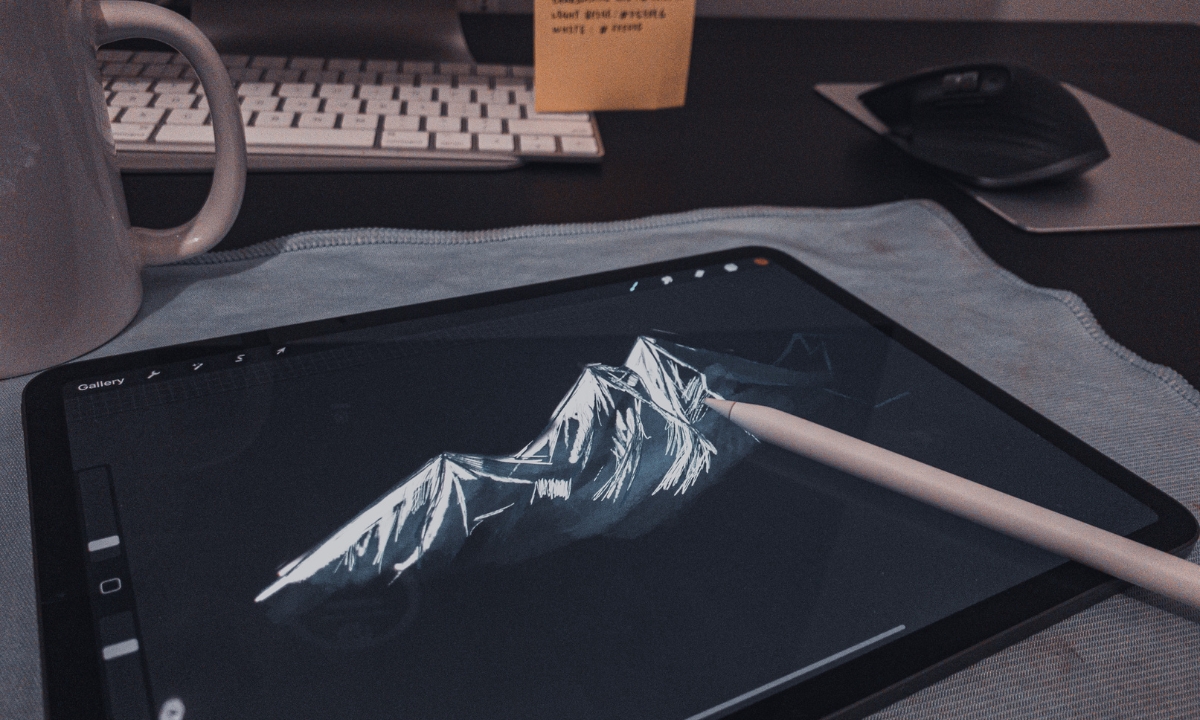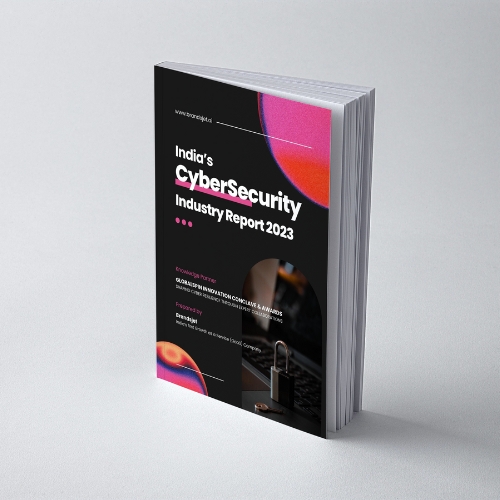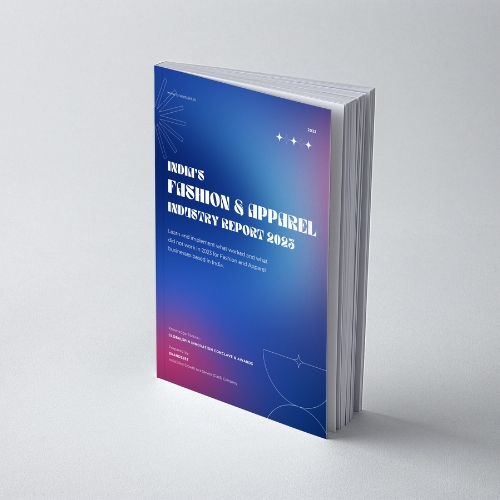Introduction
The things we desire, require, or like can be created with the aid of tools. A chef creates gastronomic magic with flames. To play a tune, musicians use instruments. For engineers to build a bridge that allows humans to move from one suspended space point to another, the proper tools and materials are required.
Graphic designers similarly require more than just talent or aptitude to produce graphic design. Graphic designers utilize both basic and advanced Graphic designing tools to capture the constantly changing forms and colors in their heads.
So, here are some of the best graphic design software –
Adobe Illustrator
As a vector-based program, Adobe Illustrator is used to create logos, textual styles, presentations, sequential and numerical images, posters, and flex. Illustrator was the first program to introduce this feature and quickly gained popularity among graphic design firms. Adobe Illustrator can be thought of as the product that was the primary application already.
As the only program previously created specifically for graphic designers, Adobe Illustrator can be defined as such. With a fully functional program for Windows, it was first created in 1987.
Understanding of Designer Tool
For beginners, Adobe Illustrator is an excellent place to start because it makes learning the software simpler. When purchasing Adobe, they give us notes and instructions that explain all the functions. Here are some tips to remember:
- Simply keep scribbling when you first start using it to engage with the program; it’s a simple chore that helps you learn.
- Don’t use colors when creating typefaces and certain simple designs; instead, use “fill white” and black tones. Keeping your attention on your art helps.
- When using the Pen tool, precise drawing of forms like circles, ellipses, rectangles, etc. requires mouse control.
Key characteristics:
- Match the colors in a photo using Adobe Sensei AI’s auto-extracting technology
- Adobe Stock templates have a large library that includes thousands of typefaces, thousands of icons, and 90 million pictures.
- Imaginative Cloud Project management from anywhere.
- Data fusion Data for infographics is updated with the statistics.
- via social media How-to guides to maximize your marketing.
Pros:
- Integration with other Adobe family editing programs
- Authentic user interface
- Pick a template or start from scratch.
- Various vector design tools
Cons:
- Resource-heavy.
- Costly subscription services.
- A steep learning curve.
Adobe Photoshop
For digital art, graphic design, and raster image editing, Adobe Photoshop is frequently used. Layering is used to provide depth and flexibility to the design and editing processes as well as to provide powerful editing tools that, when combined, can do pretty much anything. The software was sold by John to Adobe Systems in 1989, who marketed it as “Photoshop.” Since that time, the application has emerged as the de facto industry standard for editing raster graphics. It is available for Windows and macOS, but not Linux.
Important characteristics:
- A collection of design tools features several arresting effects, such as Keith Haring brushes and 3D.
- Content-conscious fill Keep your message in mind without being distracted.
- Features that save time: the use of batch processes and automation scripts streamlines the workflow.
Pros:
- Free mobile apps with a subscription service.
- A huge library of icons, movies, templates, and stock photos.
- Excellent compatibility with more Adobe products.
- Support for a variety of file types, such as JPG and PNG.
Cons:
- Exorbitant pricing schedules.
- Resource-demanding.
- Incline learning curve.
Canva
Canva is an online graphic design tool with many features and functionality. It is designed specifically for those who aren’t graphic designers and who can’t afford to spend a lot of money on expensive designs.
This platform is comprehensive and can be used for everything, including creating resumes and invitation cards. You can also purchase the available paid edition for further features.
With Canva, what can I create?
You can design anything you need using Canva. You have the option to start from scratch and design a custom layout or choose one of the many content options it provides.
What Makes Canva So Popular?
- Over 30 million people use Canva each month across more than 190 nations. Its users have greatly increased its popularity, primarily because of
- You don’t need any prior experience or to be a graphic designer to use Canva.
- Its user interface is friendly.
- This platform is adaptable. You can use the application on your desktop or mobile device or open it on your browser.
- You can form your design team or work together with others.
- It is a cost-free website. To make a good design, you do not need to spend a lot of money on pricey tools.
- It is advantageous for startups and small enterprises to regularly provide interesting content.
- A good one may be made in less than five minutes.
FAQ
1) Is Microsoft Word capable of creating a logo?
A -The use and sophistication of the logo will determine this. You need to use a professional graphic design program if you want a sophisticated logo. However, Microsoft Word may be used to create a straightforward Text Logo design.
2) Are there any tools for graphic design online?
A-You can use a variety of online designer tools, like Pixlr. However, since desktop programs include robust picture modification features, using one is recommended.
3) Is it acceptable to use clipart for logos?
In most cases, the owner of the internet clipart is the creator. You can use it as a base to build on, but if you want a truly original logo, you must make your pictures.
Conclusion
Making the ideal decision for graphic design software might be difficult. You should think about a few things as you try to decide. These are listed below:
- Budget: As you can see, the best features on some instruments come at a high price. A balance between cost and features is required.
- Features offered: Consider the characteristics your projects will require to be perfect.
- Collaboration and use: Check to determine if the output files can be utilized for web and print projects without sacrificing quality and if they can be easily shared online.




